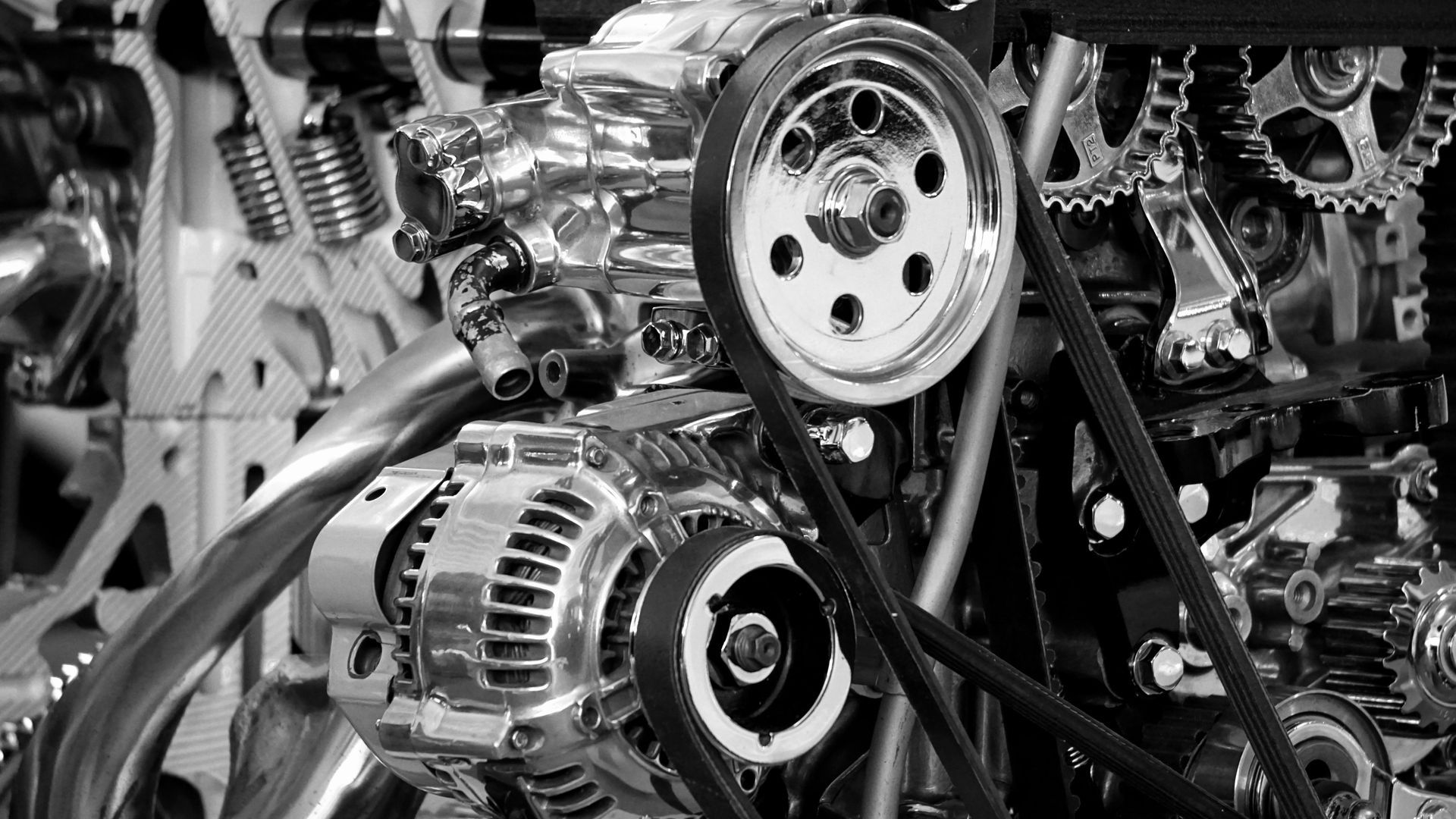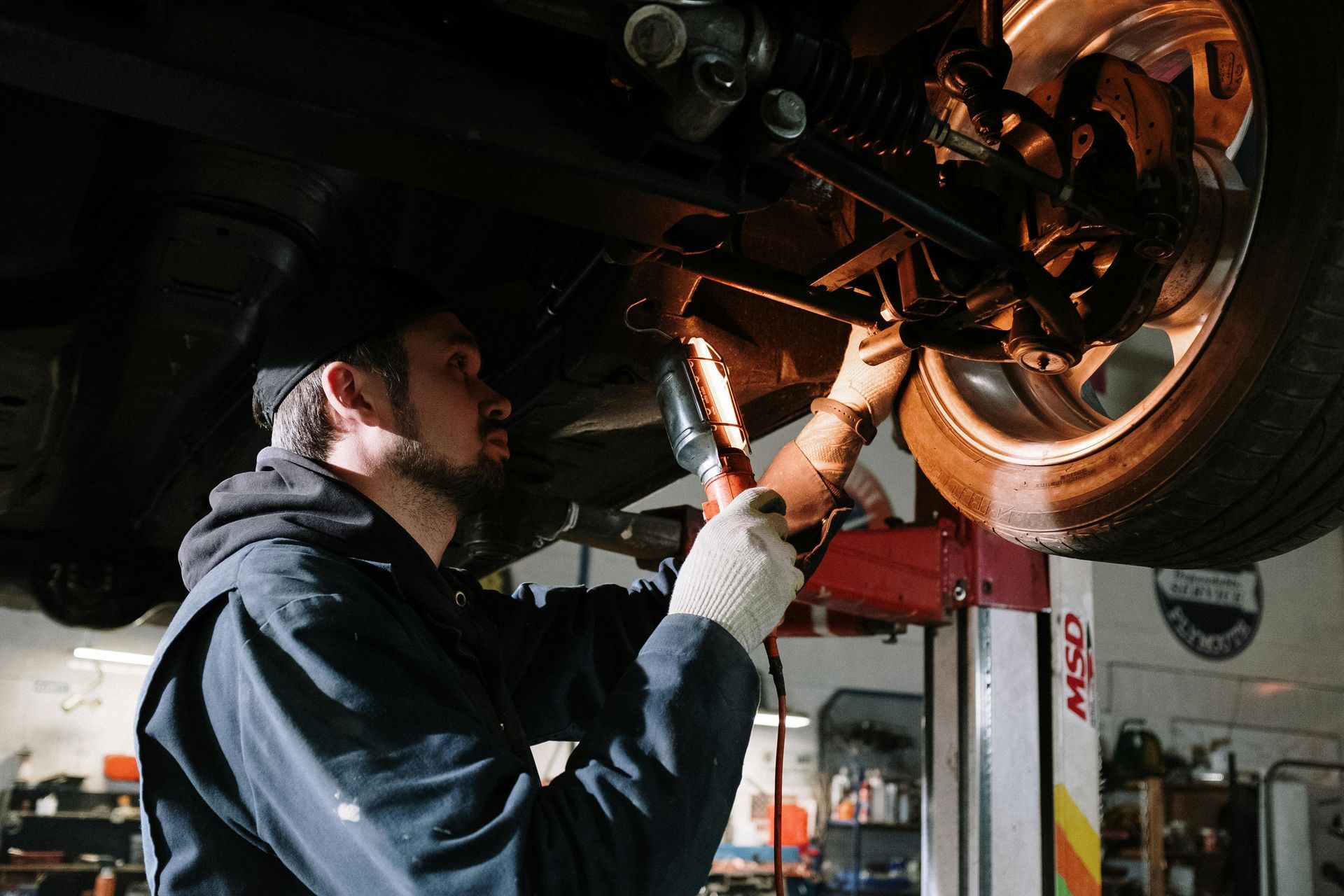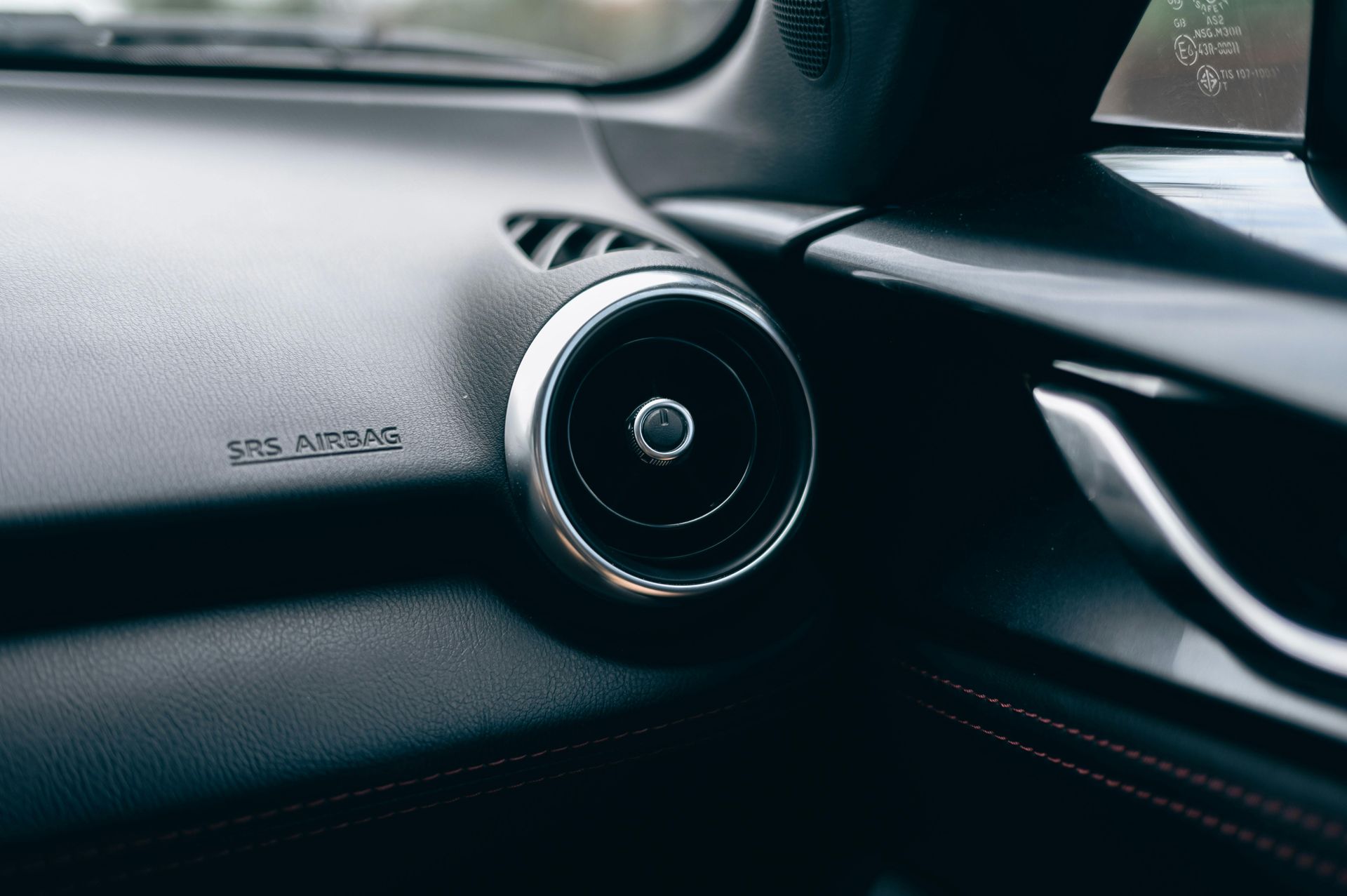If you’ve ever found yourself squinting while driving at night, you’re not alone.
Most people assume that difficulty driving at night is due to eyesight, but the truth is, your car could be the real culprit.
Even if your vision is 20/20, there are several vehicle-related issues that can make nighttime driving feel like a dangerous guessing game.
Vehicle Issues That Can Cause Trouble Driving at Night
From foggy headlights to dimming electronics, here are some not-so-obvious maintenance issues that can affect your visibility at night.
1. Oxidized or Cloudy Headlights
Over time, plastic headlight covers can become hazy or yellowed due to oxidation. This foggy layer blocks light from shining through clearly, dramatically cutting down your nighttime visibility.
Headlight restoration for oxidized headlights is an easy and affordable service that can make a huge difference. It removes the oxidized layer, making your headlights shine bright and clear again.
2. Moisture in the Headlights
If you notice fog, condensation, or droplets inside your headlight lenses, that’s a sign moisture has gotten into the housing—and it’s not just a cosmetic issue. Moisture can scatter the light beam, reduce brightness, and even cause electrical problems or bulb failure over time.
Moisture causes corrosion, and corrosion is like cancer. Headlights with moisture buildup often need to be replaced. In some cases, we can dry out and reseal the housing without replacing the whole assembly, but replacement is more common and often affects surrounding electronics. If you begin to notice moisture in your headlights, prompt repair is essential!
3. Dim or Aged Bulbs
Headlight bulbs don’t always burn out suddenly. They often dim gradually over time, so you might not notice how weak they’ve become until you’re struggling to see the road at night. The HID or Xenon headlight bulbs start to turn a pink or orange color before they fail. Failing Xenon bulbs can also cause premature failure of the bulb ballast, which can be very costly.
Replacing and/or upgrading your bulbs—even if they’re technically still working—can restore brightness and improve safety. Upgrading to brighter or longer-range bulbs is also a great option.
4. Aging Electrical System
If your car’s alternator or battery is weak, your headlights might not be getting the power they need. This can cause them to flicker or dim, especially at idle or low speeds.
Make sure to have your electrical system checked during routine maintenance to make sure your lights are running at full strength.
Making sure your headlights are working properly doesn’t just help you avoid stress and strain—it’s a critical safety feature as well.
Before you call the eye doctor, make an appointment with a mechanic at Import Specialty Service.
We will inspect your headlights, check your electrical system, and offer expert advice on how to improve headlight brightness and visibility on your European or Asian import.
Schedule your appointment today.










